|
Cammino di San Tommaso, is a 196-mile cultural and spirutal pilgrimage from Rome to Ortona, in Italy. The hike will reward you with breathtaking nature and picturesque, well preserved villages. If you make it all the way to the small village of Villa Caldari di Ortona you may think that a water fountain would be a welcome sight.
That is not what you will find when you arrive in Villa Caldari di Ortona. The owner of a local winery and the organizers of the Cammino di San Tommaso decided that they wanted to reward you with something better if you make the pilgrimage. Here you will be rewarded with a fountain of wine, which is available during the opening hours at winery. The fountain consists of two brass spigots set in a stone basin, streaming free glasses of red wine for all who stop by—be they a pilgrim or just a thirty tourist Interested in tasting the wine from the fountain in Villa Caldari di Ortona? please contact me at Lene@PerfectlyPlannedJourneys.com or 703-927-0588, and let's plan your adventure. #love2travel #perfectlyplannedjourneys, #visitItaly, #traveladvisor, #wine
0 Comments
Ljubljana may be a destination you don't know a great deal about, as it truly is a hidden gem in Europe. Ljubljana is the capital of Slovenia and is located in the center of the country.
There are four main roads in Slovenia that form a cross across the country and Ljubljana is where they meet in the middle. How can you go wrong with a city that translates as “the loved one”? Ljubljana is a perfect blend of Slovenian, German, and Mediterranean cultures. A charming fairy-tale city that is a blend of Baroque, Renaissance, and Art Nouveau buildings, watched over by a medieval castle. Perched on top of Castle Hill and dominating the city skyline to the south, Ljubljana’s magnificent castle is a must-see. Take the funicular up to the castle where rather than touring the rooms with an audio guide you can go on a scavenger hunt / escape the castle. This is a challenge where you are given challenges that lead you through the various rooms of the castle. You are given one hour to complete the puzzles and save the dragon. The dragon is the symbol of the city, and you will see them everywhere - buildings, bridges, etc. Legend has it that Ljubljana was founded by the Greek mythological hero Prince Jason and the Argonauts. The dragon was harassing the townsmen so Prince Jason fought and killed him. Curiously enough it was the dragon that became the symbol of the city and is now depicted on the Ljubljana coat of arms. The dragon represents power, courage, and greatness. One of the city’s most photographed spots is Dragon Bridge, where you will see a wonderful green statue of the dragon. A fun fact is that the dragon at the Dragon Bridge wags its tail every time a virgin lady crosses the bridge. If you would like to visit Ljubljana, please contact me at Lene@PerfectlyPlannedJourneys.com or 703-927-0588, and let's plan your adventure. #love2travel #perfectlyplannedjourneys, #visitSlovenia, #traveladvisor, #Ljubljana Amsterdam, the capital of The Netherlands is a city that many of you will be familiar with. It is famous for its romantic canals, bridges, more bicycles than people and of course tulips!
In the 13th century, Amsterdam was a small fishing village. It was protected from the Amstel River by a dam, hence the name Amstelredam. Amsterdam is situated approx.3 ft. below sea level and built on eleven million wooden poles. Most canal houses require about 10 poles and are very small at the entrance, the reason for this is that homes were taxed for the size of the facade of the house. That’s why everyone built high and longhouses. You may know that Amsterdam is known for its Red Light District, but did you know that at the beginning of the 20th-century dancing was forbidden? Incidentally, when a room in the Red Light District is blue or purple it indicates that the woman is transgender. Amsterdam known as the "City of Canals" has 165 canals, which is more than Venice. It also has more bridges than Paris. If you enjoy museums, Amsterdam is the destination for you! It has the highest centration of museums per square mile in the entire world. Amsterdam Airport Schiphol even has a museum, being the only airport in the world that has a museum. You can find it behind passport control and the entry is free. Van Gogh, Rijksmuseum, Anne Frank House, and Stedelijk Museums are definitely museums you should make sure to visit while in Amsterdam. Did you know that water in the canals is so clean that the Zoo gives its elephants pure drinking water straight from the Amsterdam canals? and contrary to most destinations in the world Amsterdam has worked so hard to abolish harmful pesticides and set up special flower gardens inside the city that since 2000 they have 45% more bee species? Last fun fact - for those of you who love cats, you may also want to visit the Poezenboot, a catboat that is an animal shelter. Interested in discovering the charming 17th-century city of Amsterdam? please contact me at Lene@PerfectlyPlannedJourneys.com or 703-927-0588, and let's plan your adventure. #love2travel #perfectlyplannedjourneys, #visitAmsterdam, #traveladvisor The ancient walled city of Saint-Malo is located in Brittany, in the northwestern part of France.
Founded by Celtic tribesmen in 1 BC. Situated on the English Channel, the port has famously been the center of seafaring adventurers and became a breeding ground for privateers. By the late 4th century AD, Saint-Malo was fortified with its walls for protection from not only pirates and Vikings but also from the sea, which rises up to the city walls during high tide. It was not officially founded until a Welsh monk named St Maclou (Malo) settled on the island in the 6th century, having fled to the French region of Brittany after the fall of the Roman Empire. He most likely became the first bishop in the region. Much of the city was destroyed during World War II, but has been carefully restored and has managed to retain its medieval architecture and Old World charm. Walking along the picturesque cobbled streets of La Ville Intra-Muros (inside the walls) definitely makes you feel like you’ve stepped back in time. An interesting mix of quaint hotels, excellent restaurants, bars, and a myriad of little shops offers visitors plenty of interesting places to explore. Be sure to visit the Musée de la Ville where you will learn all you need to know about the town’s history. The sandy beaches of the Emerald Coast are very popular with visitors who come to enjoy swimming in environmentally clean waters, sand yachting, and wind-surfing. A fun fact is that Saint-Malo has a tradition of asserting its autonomy in dealings with the French and local authorities. From 1590 to 1593, Saint-Malo declared itself to be an independent republic, taking the motto "not French, not Breton, but Malouin." Interested in enjoying your next vacation in Saint-Malo? please contact me at Lene@PerfectlyPlannedJourneys.com or 703-927-0588, and let's plan your adventure. #love2travel #perfectlyplannedjourneys, #SaintMalo, #France, #traveladvisor Some destinations evoke the imagery of magic and fairytale. Istanbul does just that! The only city in the world that straddles two continents - Europe and Asia. This is the meeting point where East meets West. Istanbul is a true melting pot with its rich history, opulent culture, and exotic customs.
Istanbul is one of the oldest cities in the world. Archeologists have determined that the area of Istanbul has been inhabited for over 8000 years, having been the home to Christians, Muslims, Jews, ancient Greeks, Romans, modern Europeans, Turks, Arabs and even Vikings. The Grand Bazaar in Istanbul is the biggest covered bazaar in the world, with over 3.000 shops. It has been around since 1461. According to Travel&Leisure magazine, the Grand Bazaar was No.1 most-visited tourist attraction in the world – with over 91 million visitors per year! Istanbul, with more than 13 million people, is the largest city in Turkey. It was the capital of Turkey until the Turkish Independence War in 1920, when it was decided that Ankara should become the capital for strategic reasons. Istanbul is home to the highest number of mosques in the world. According to the statistics of Religious Affairs Directorate in Turkey, There are 3269 mosques in Istanbul.. Some of these mosques are remainders of the Ottoman Empire; like Sultanahmet Camii a.k.a. Blue Mosque. The incredible Blue Mosque, an absolute must-see – is the only one in Istanbul with six minarets, the maximum number allowed. It is known as the Blue Mosque because of blue tiles surrounding the walls of interior design. It was completed in 1617 just prior to the untimely death of the young ruler at the time, Sultan Ahmet I. If you are ready to enjoy a little magic in Istanbul, please contact me at Lene@PerfectlyPlannedJourneys.com or 703-927-0588, and let's plan your trip to Turkey. #love2travel #perfectlyplannedjourneys, #VisitTurkey, #VisitIstanbul When a destination is chosen "Best Domestic Destination" and has won an award for it's culture, it is a safe bet to say it must have a few things to offer visitors. Fiskars Village will not disappoint.
The birthplace of Fiskars, a company you are most likely familiar with for its kitchen and garden tools is located a little over an hour west of Helsinki. Fiskars village is a charming design and culinary destination, where you will find top quality hotels, and restaurants that will excite any gourmand. With a strong culinary tradition, Fiskars is renowned for its local organic cuisine. Fiskars Village also have you covered when it comes to drinks. Ägräs Distillery specializes in signature spirits, whose taste profiles are built with pure, fragrant wild herbs, and traditional aging processes, to craft its bespoke line of Akvavit, Gin, Digestif and Whisky. If cider or beer is more your taste, Kuura Cider makes cider from 100% Finnish apples, while Fiskars Panimo creates artisan beers. Visitors are invited to the Ägräs Distillery Tap Room where they can sample the spirits, ciders and local beers. Fiskars Village is also a popular art and design center, where visitors can still see some of the old skills and trades practiced All this, located amid forests and lakes ensures that visitors have everything they could possibly want in a vacation destination. If you are ready to enjoy all that Fiskars has to offer, please contact me at Lene@PerfectlyPlannedJourneys.com or 703-927-0588, and let's plan your trip to Finland. #love2travel #perfectlyplannedjourneys, #VisitFinland #VisitFiskars Belgium witll always have a very special place in my heart, as I spent 8 years there as a teenager.
I would love to share a few interesting facts about the beautiful city of Ghent. Historian believe that the name Ghent is actually from the Celtic word ganda, which means confluence. Although archaeological discoveries date human presence in this region back to the Stone Age, the city of Ghent began as a setttlement during the Middle Ages at the confluence of the Scheldt and Leie Rivers. In the 11th century Ghent was the second biggest city in Northern Europe after Paris, with its growth driven by its leadership in cloth production and trading. Ghent is known for it's medieval architecture, which has remained extremely well preserved. Ghent city center is Belgium’s largest carfree area. The quaint, cobblestoned streets of Ghent is the home to a multitude of superb restaurants and cafees, and did I mention over 500 kinds of beer. No wonder the streets are normally lively with people walking, biking or taking the tram. Speaking of restaurants, did you know that Ghent supposedly have more vegetarian restaurants per capita than any other city in the world, in fact, they even promote a meat-free day every Thursday caled Donderdag Veggiedag. A "must-see" when visiting Ghent is ofcourse the impressive medieval Gravensteen Castle, which dates back to 1180, and is located in the middle of Ghent. No army has ever managed to conquer the medieval castle of Gravensteen, however on November 16, 1949 it was taken over by a group of students rebelling against the price increase of beer. As a fun-fact for Ghent, if you enjoy a glass of beer, be sure to visit De Dulle Griet where you can famously exchange a shoe as insurance for a Max beer poured in a bootshaped glass. If you would like to visit Ghent please contact me at Lene@PerfectlyPlannedJourneys.com or 703-927-0588. #love2travel #perfectlyplannedjourneys, #VisitGhent #VisitBelgium Today is the French National holiday - la fête nationale. Strangely enough, here in the US we refer to it as Bastille Day. But there’s no such thing as Bastille Day in France, and it is definitely considered a “faux pas” to wish a french person Happy Bastille Day!
France’s national holiday isn’t named after the storming of the Bastille during the French Revolution because the holiday isn’t really about that event. Several different dates were considered in 1880 to serve as the national holiday, including August 4th, the day on which the feudal system was abolished. July 14th eventually won out because it was the day of la Fête de la Fédération, a joyous celebration in 1790 that honored the new government and commemorated the one year anniversary of the storming of the Bastille (a prison where Louis XVI jailed citizens for speaking out against the government). By the transitive property, la fête du 14-juillet does celebrate this bloody and symbolic victory during the French Revolution, but the holiday is mostly about national pride: the tricolor bleu-blanc-rouge flag, France’s national anthem La Marseillaise, and the values liberté, fraternité, and égalité are much more important to this holiday than the storming of the Bastille. La Fête Nationale is probably called “Bastille Day” in English because “Bastille” is a brief, concise and unambiguous reference to the storming of the prison of the Bastille in Paris on July 14,1789, by 954 men and one woman, armed with pikes and miscellaneous firearms, yelling “Tous à la Bastille !” (Everybody out of the pool). The actual event may sound a little disappointing. After a short battle, the nonmilitary governor in charge of the fortress, by then mostly being used as a hospital, simply gave up. When the victors finally made their way down to the “dungeons,” which turned out to be spacious, almost luxurious, they discovered there were only seven prisoners left in the place. The others, including the Bastille’s most famous inmate, the Marquis de Sade, had been transferred somewhere else shortly before. La fête du 14-juillet is celebrated in France with food, dancing, music, and of course, fireworks. By far the biggest tradition of this holiday celebrating national pride is an extravagant military parade that takes place in Paris each July 14th, which is both the largest and oldest (since 1880) regularly held military parade in Europe. To all my friends in France - "à votre santé" If you would like to visit France, let's talk. Please contact me at Lene@PerfectlyPlannedJourneys.com or 703-927-0588. #love2travel #perfectlyplannedjourneys, #VisitFrance #VivelaFrance Did you know that not only do travel advisors exist, but we provide personalized service. When you have a question or need to make a change to your trip, you have a person you can call, e-mail, text or sometimes even meet with in person.
You may think that booking online, using Expedia or another booking site works just fine, and it may until you have a problem or a question. Have you ever tried to contact Expedia? Booking.com or even a bigbox store like Costco to fix a problem with your trip? A travel advisor offers something that most professions don't offer anymore - personal service! When you need our help you will not be on hold for hours, or talk to someone located in Asia who does not understand what you are saying. You will not have to explain the same thing ten times because you end up speaking to ten different people, or the people you speak with, deal with so many customers that to them you are just Customer #xxx. To us you are a VIP! We care about your likes and dislikes, and keep track of your food allergies, your passport expirations and your frequent flier miles. We genuinely want people to have the vacation of their lives. We love travel and want all of our guests to love their trips. Unlike many other professionals, such as attorneys, accountants or even kitchen designers, travel advisors will usually not charge an hourly fee. Not even when we work on a holiday, or past midnight to take care of a client who needs help. So what can a travel advisor help you with? I am glad you asked. We all work a little bit differently, but a few things that a travel advisor may help you with include: 1. Inspire and advice you on destinations and and experiences to enjoy. 2. Save you time and take the stress & worries out of the vacation planning. Especially now, after COVID, when rules and regulations are very fluid and change frequently. 3. Take care of all the details such as travel insurance, pick-up at the airport, special celebrations, large group bookings and a long list of other things. 4. Work hard to get you a room or a cruise cabin with a great location, give recommendations on special restaurants or maybe a beautiful view that should not be missed. We add that personal touch, either from our own experience, or from our many travel suppliers all over the world who we work closely with to plan your unique and special travel experience. 5. We are accessible before, during and after your trip to make sure everything goes smoothly. I, along with all my colleagues, are ready to help you plan your next vacation. If you are interested in learning more about how I can assist you in planning an amazing vacation for you please contact me asap at Lene@PerfectlyPlannedJourneys.com or 703-927-0588. #love2travel #perfectlyplannedjourneys, #traveladvisor, #travelagent, #traveladvisor Ireland is a country of myths and legends, and nowhere is that more true than at Blarney Castle. The Blarney Stone has a history that combines Celtic mythology with facts from the Middle Ages.
You most likely know that Blarney Castle was built nearly six hundred years ago by one of Ireland's greatest chieftains, Cormac MacCarthy and that the current castle is the third castle to be built here. You may also know that to reach the legendary stone you must climb approximately 120 steps to get to the top of Blarney Castle. Once you are on the narrow walkway, the only way to reach the stone is to lean back over the edge while holding on to the iron bars of the surrounding wall. But did you know that the legend says that the Blarney stone powers were thanks to a witch? She cast a spell on the stone to thank a king who saved her from drowning. Kissing the Blarney Stone is said to give “The Gift of Gab” and that the word Blarney was introduced into the English language by Queen Elizabeth I described as pleasant talk, intended to deceive without offending. In 2014 geologists confirmed that the stone was sourced from 330 million-year-old limestone native to southern Ireland. Visitors who come to Blarney should also be sure to visit the lovely gardens as well as the beautiful Blarney House that you see in this picture. Blarney House was built in 1874 by the Colthurst family, who continues to live there. During the tourist season they open it up for tourists while they stay at their farm. Another "fun fact" is that Blarney Castle has a “murder room,” located just above the castle’s main entrance. This proved crucial in warding off potential intruders. Anytime an unwanted visitor showed up, sentry would drop rocks, hot oil, or whatever weapons they could get their hands on, through a square hole in the floor. Should you decide that you would like to visit this Irish treasure please contact me at Lene@PerfectlyPlannedJourneys.com or 703-927-0588 Dozza a 12th-century medieval village located 45 min. outside of Bologna is considered one of the "most beautiful villages in Italy". It is best known for its art-filled walls by the locals, and surprisingly, has been totally off the radar for most travelers. While small in size Dozza makes up for it in charm and character with its narrow streets and art-filled walls. It truly feels like a hidden gem taken from the pages of a fairytale.
Dozza's art festivals takes place every two years in September. During this festival, famous national and international artists paint permanent works on the walls of the houses. While in Dozza, you will not be able to miss the beautiful and majestic Rocca Sforzesca, a beautiful medieval fortress dating back to the second half of the 13th century. It is located in the historical city centre and is one of the symbolic buildings of the city. Oenophiles (connoisseurs of wine) should take note of Dozza, as well. What was once the fortress dungeon of Rocca Sforzesca now houses the Regional Winery. Its shelves take you on an imaginary journey through the vineyards of Emilia Romagna with more than 1,000 labels on display. An Italian gem worthy of a visit. Portugal, has increasingly become one of the hottest destinations in Europe, and for good reason. Wonderful weather, picturesque scenery, beautiful beaches and a lot of culture and history.
Portugal's culinary scene is no longer playing second fiddle to the other Mediterranean countries. Portugal's cuisine is a balance between centuries-old traditions and modern, international influence. Traditional Portuguese food is often rustic and hearty dishes that makes use of a wide variety of spices, many of which came from Portugal’s former colonies. Some of the more prominent spices used in Portuguese cuisine include piri piri, paprika, clove, allspice, and cumin. Garlic and onions are also widely used as are herbs like bay leaf, oregano, rosemary, and coriander. For anyone who enjoys food there is no better way to get to the heart of a city and its people than by taking a walking food tour. You will experience the lesser known areas of the city while exploring new food markets, visit restaurant specializing in local delicacies, and sample food that the locals eat daily. Portuguese cuisine takes advantage of its privileged location. With access to the Atlantic and Mediterranean, Portuguese foods incorporate the sea as well as its interiors in the many traditional dishes. A country with a vast diversity of recipes accumulated over centuries of influences and inspiration from around the world. Caldo Verde, one of the most popular soups in Portugal . It originated from the Minho province in northern Portugal but is now consumed throughout the country, often served at special events such as weddings and birthdays. You will find a recipe by going to the following link: https://www.perfectlyplannedjourneys.com/food--drinks-from-around-the-world.html As my boys drove off in separate cars this morning to return to school to finish their last semester at their universities I sit here with a mixture of pride and excitement for them, but also a bit of sorrow that it all flew by so quickly.
I realize that things are once again about to change - they are about to turn the page and enter the next phase of life. There were so many things I had planned on doing with them, so many places I wanted to show them, but the time just wasn't long enough! Yes, we can still try to get to rent a villa in Tuscany and enjoy the amazing food and wine, the cabin in the mountains in Norway where I wanted to show them how beautiful it is with snow that looks like a million diamonds in the sun, and even taking them on a safari adventure in Kruger park seeing the big 5. But they will now embark on their own lives where parents are no longer in charge, or even priority #1 - which, don't get me wrong - is exactly how it should be. Just know that you only have about 18 years (22 if you count college) with your kids to make those important memories - and believe me, those years fly by in a flash! The largest Oktoberfest in the world, known by the locals as ‘The Wiesn’ is located in Munich, Germany. When times are normal more than six million visitors gather for the 16 days of festivities, to celebrate and enjoy all the wonders of German tradition, beer and the cuisine. The feast takes place in an area called Theresienweise, which means the Meadow of Therese.
The origin of Oktoberfest started in 1810, when Prince Ludwig married Princess Therese of Saxe-Hildburghausen on Oktober 12th. He threw a party and invited all Bavarians to join in the celebration. The party became an annual event known simply as Oktoberfest. Yearly the feast takes place in an area called Theresienweise, which means the Meadow of Therese. When Prince Ludwig married in October 1810, he threw a party and invited all Bavarians to join in the celebration. The party became an annual event known simply as Oktoberfest. However, with warmer temperatures in September making for a better party atmosphere, the event was pushed back into September, ending on the first Sunday of Oktober to keep the name in place. Septemberfest just doesn't have the same ring to it. Prost! 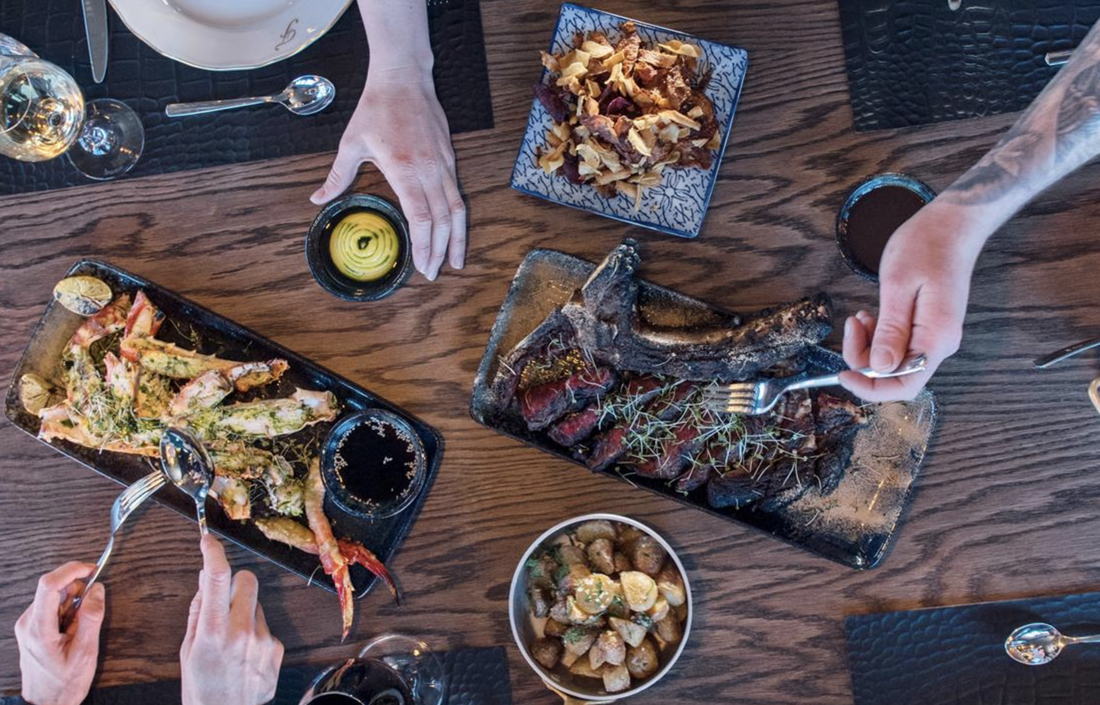 Up until the 1920s, the Svalbard archipelago was essentially a no man’s land until it was officially recognized as belonging to Norway by the Spitsbergen Treaty. Located 814 miles from the North Pole, Svalbard is known as “The Wildlife Capital of the Arctic”. Svalbard is dark four months of the year, a perfect time to see the Northern Lights, which is even possible during the day. The the sun returns in April when the days become longer every day until Midsummer night on June 23rd when the sun never sets. (and then the days begin to get shorter again). The summer is the perfect time for for viewing the wildlife that has made Svalbard so popular with travelers who come to observe polar bears and other wildlife, such as arctic foxes, reindeers, walruses, beluga whales, seals and seabirds. Approx. 60% of Svalbard’s land is covered in ice. Svalbard is a frozen desert made up of mountains and glaciers. Large areas of the land are covered in ice all year round. If you are a foodie you may wonder what kind of cuisine is characteristic for this Arctic destination. So what do people really eat on Svalbard? You may be surprised to find out that Longyearbyen, Svalbard's only town with more than a few inhabitants and the world’s northernmost town has numerous exciting dining options. In fact two of Norway's best restaurants are located in Longyearbyen. Huset, a restaurant rich in traditions, with its focus on Nordic techniques, and local raw materials was noticed on the international radar as the world’s northernmost fine dining restaurant when the wine cellar was established in the 90s. Today the legendary wine cellar has over 20,000 bottles, being one of the most well-stocked in Europe.and critically acclaimed wine cellar. Since 2006, Wine Spectator magazine has awarded their wine list with the Best Award of Excellence. The beautifully renovated Funktionærmessen restaurant is filled with local history and has the best view in Longyearbyen! This restaurant tempts with French inspired dishes served with Arctic views. Vinterhagen restaurant, is a popular place, and while the dishes are seasonal, you will often find delicacies such as seal stake in red wine sauce, vegetables & potato gratin, or reindeer fillet with root vegetables, game sauce lingonberries and mashed potatoes. Fish, such as boknafish with carrot stew, boiled potatoes and bacon as well as whale steak with roasted potatoes, garlic butter, prawns and vegetables can of course also be found on the menu. You can even wash your meal down with locally brewed beer from Svalbard Brewery. When discussing dining in Svalbard American entrepreneur Ben Vidmar definitely deserves to be mentioned. Ben works in Svalbard as a chef in addition to having his own business, Polar Permaculture. Ben is located 1.2 miles south of Longyearbyen in Nybyen, where he does arctic farming. Here he grows micro greens and other plants, which are sold to local hotels and restaurants. Ben's vision is to help create a truly sustainable town. His plan is to open a zero-waste restaurant called the Greenhouse providing fresh, locally-grown food. He aims to solve one of the biggest headaches of life - obtaining fresh food while reducing waste. For anyone spending time in Longyearbyen, can join one of Ben's permaculture tours to learn more about the process. There is a four-hour ‘Arctic Farm to Table' tour, which is part tour of Longyearbyen, part conversation, part cooking class. A trip to Svalbard will not only be an amazing nature experience, but a culinary one as well! |
AuthorLene H. Minyard Archives
September 2023
Categories |
Copyright Perfectly Planned Journeys, LLC™ 2021

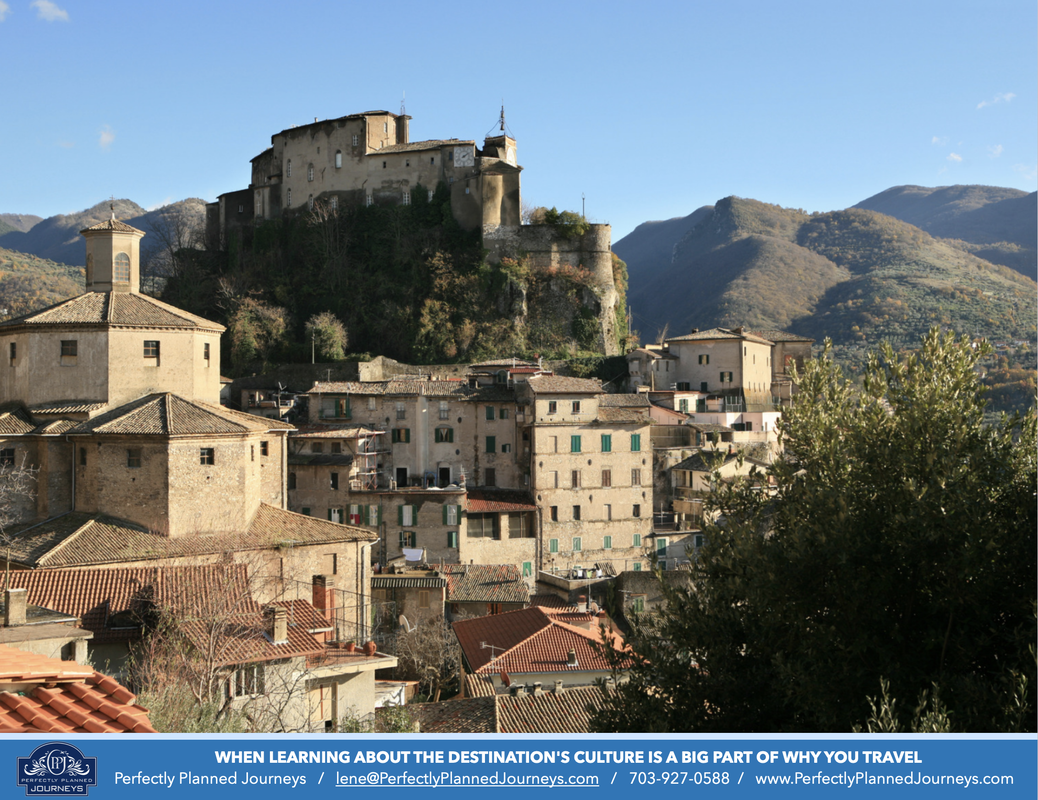
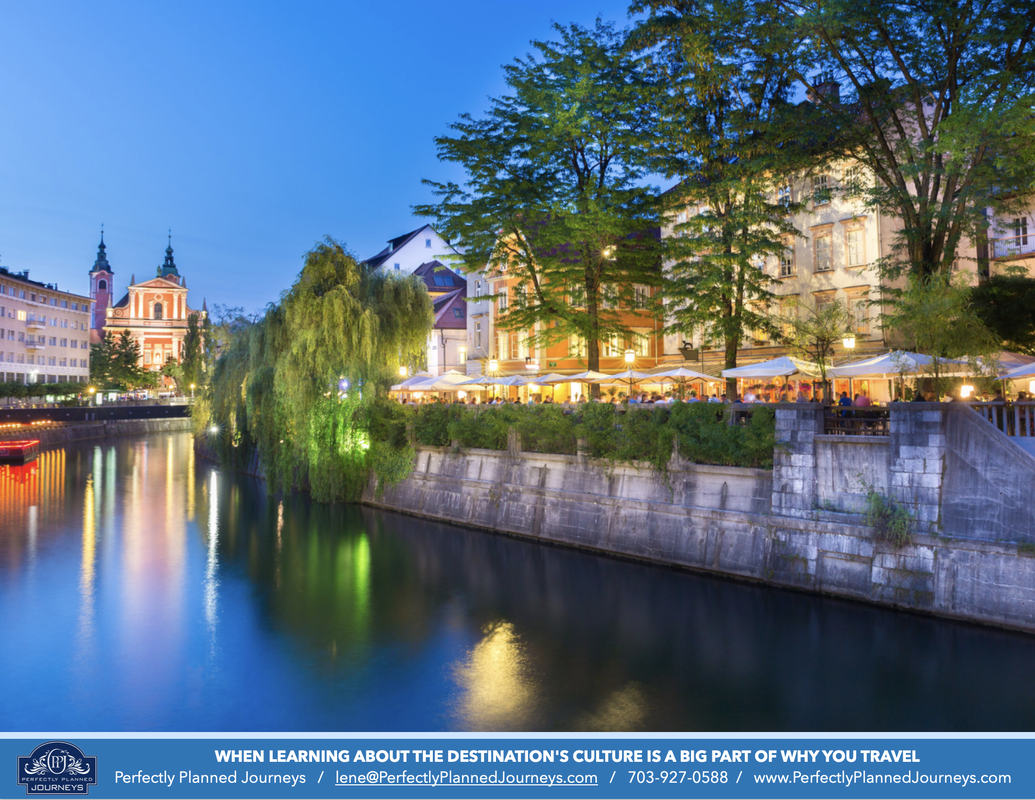

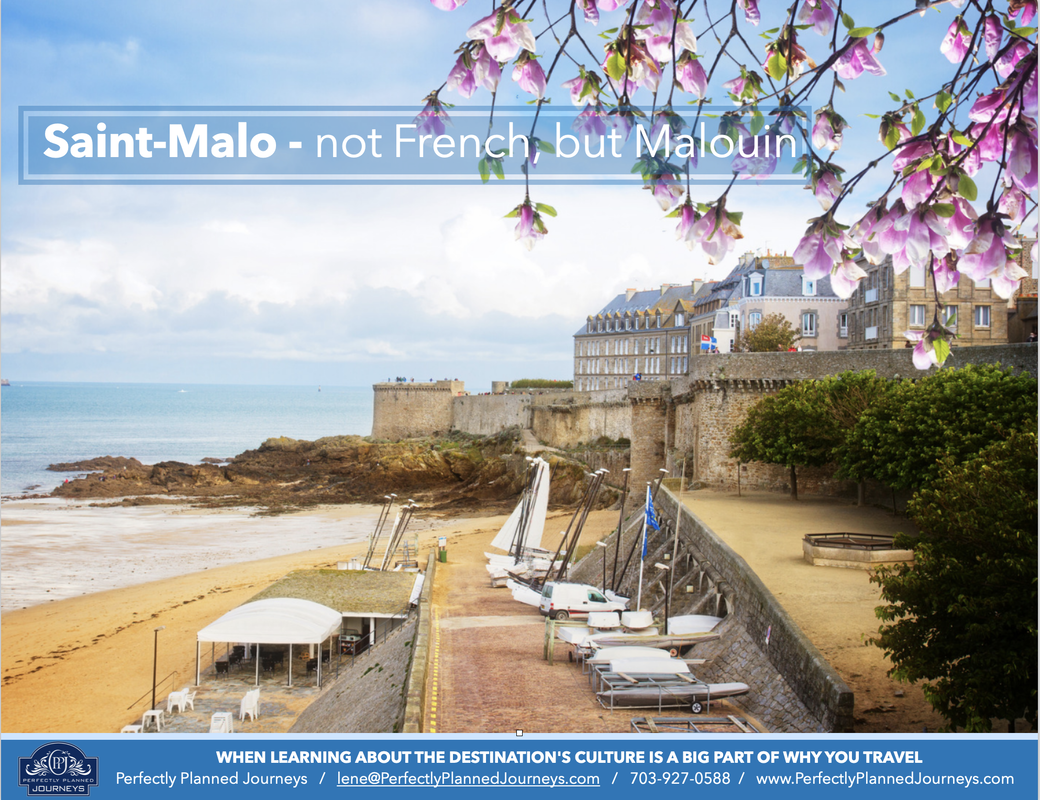
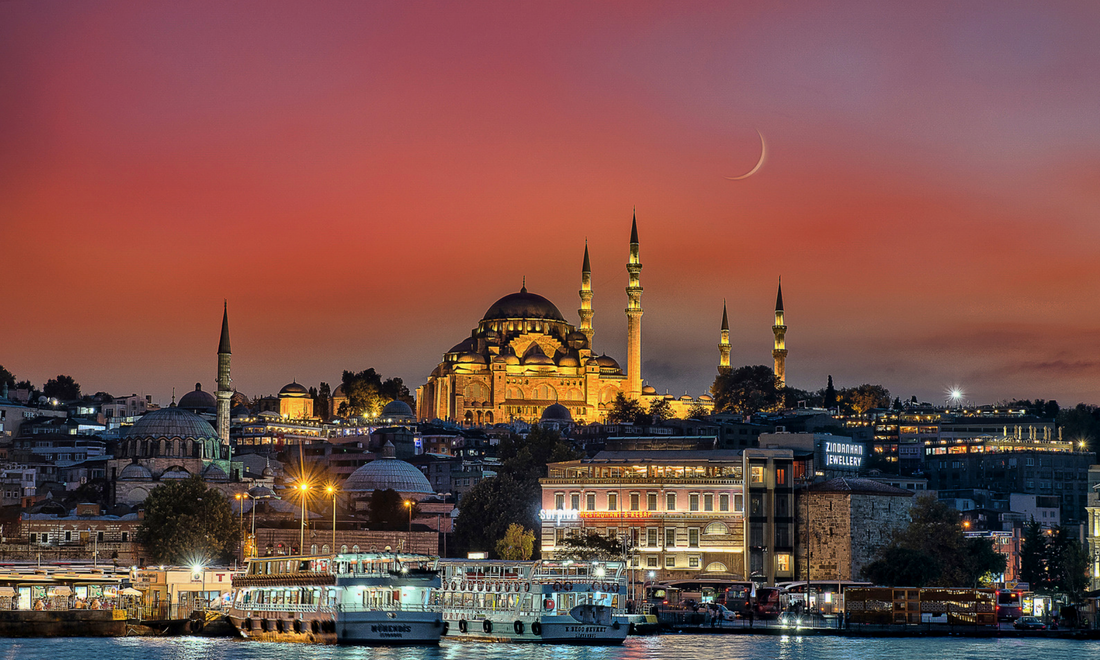

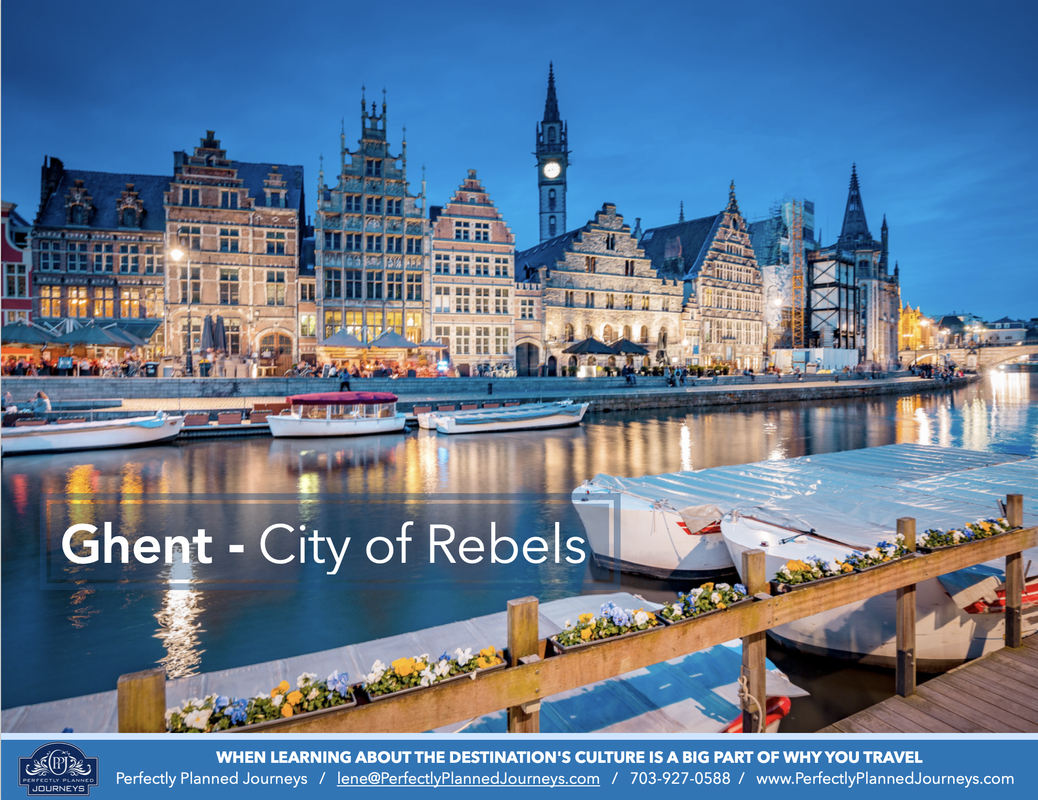
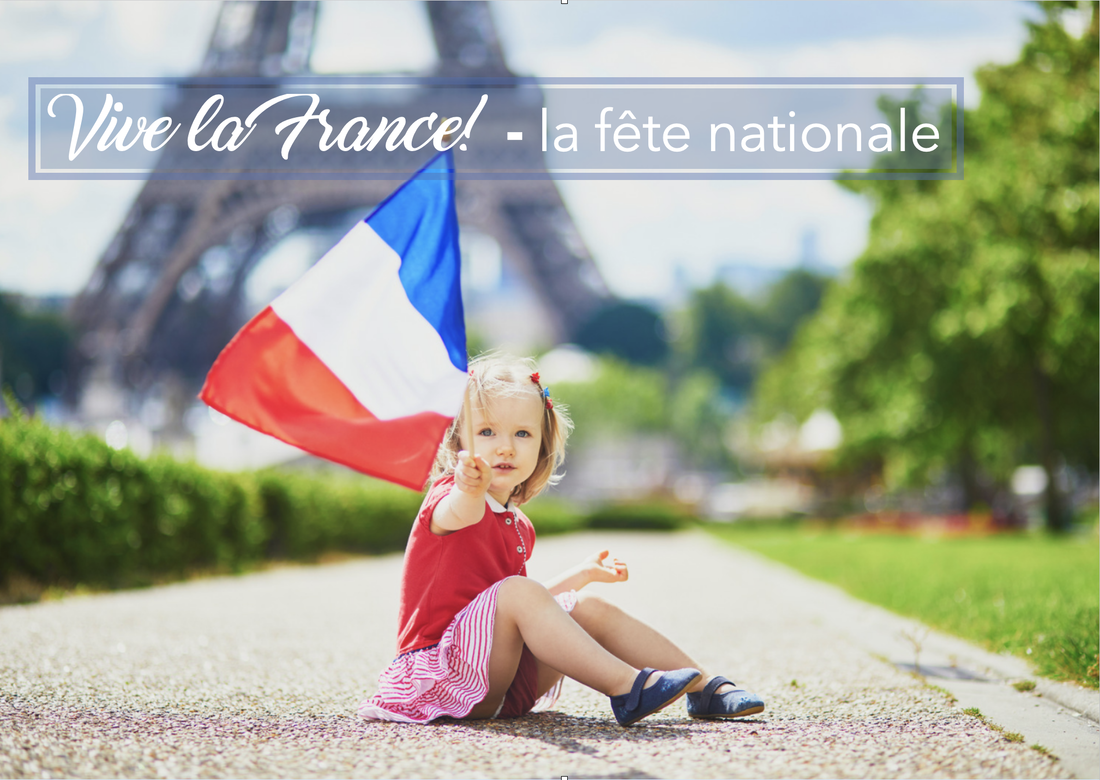
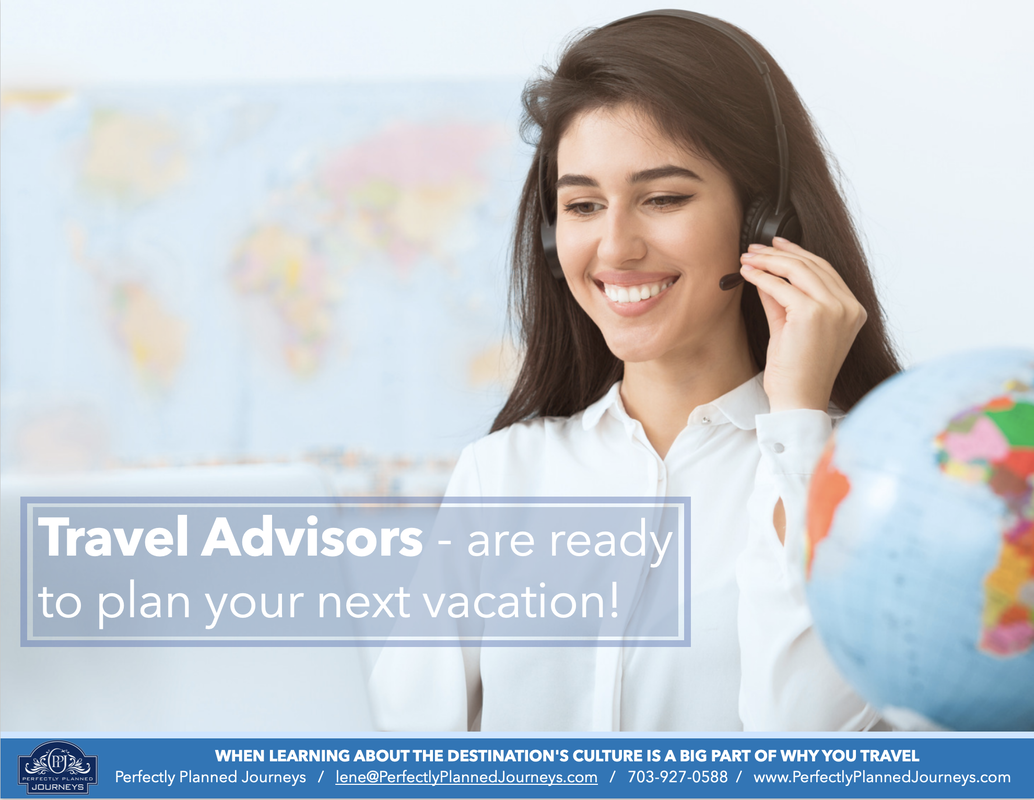




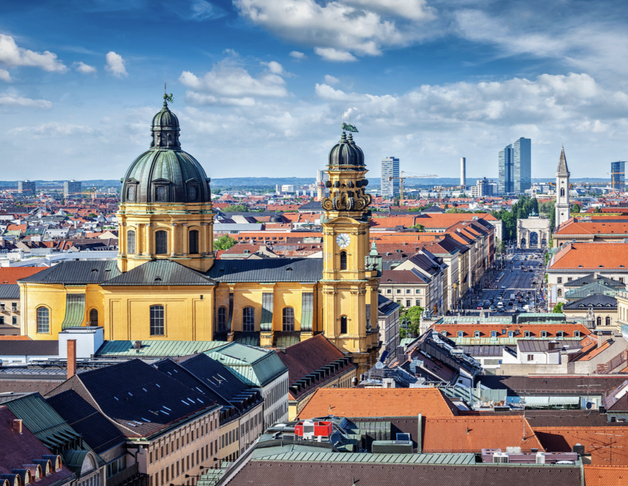

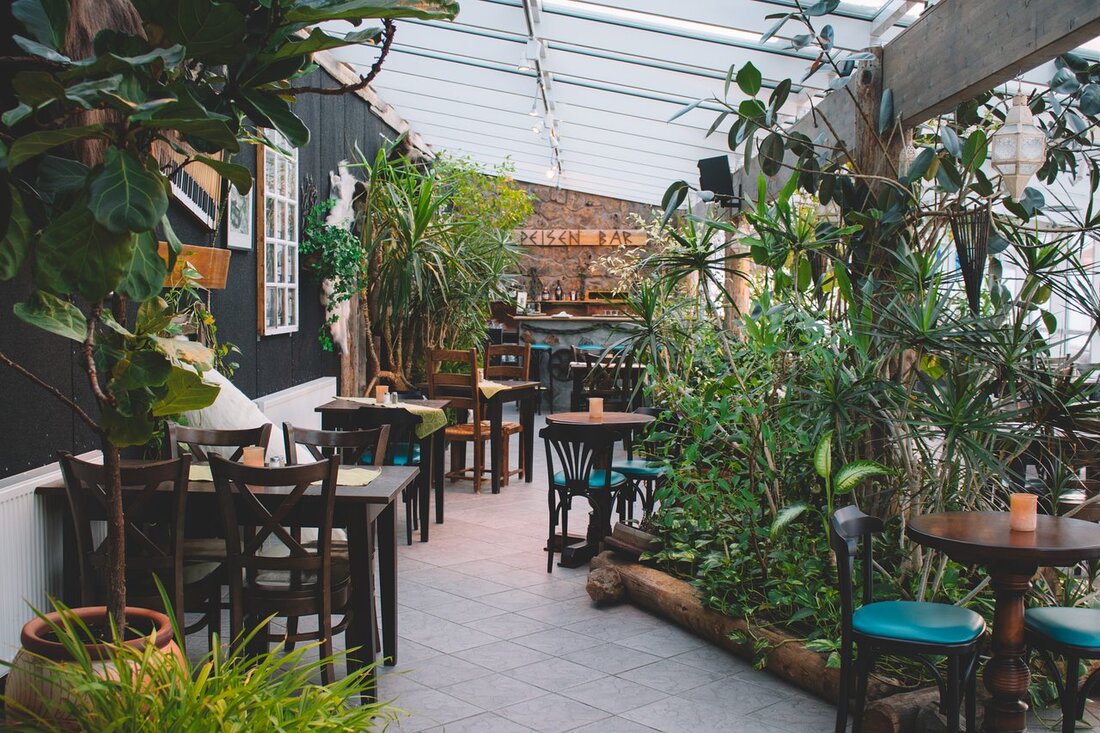
 RSS Feed
RSS Feed





